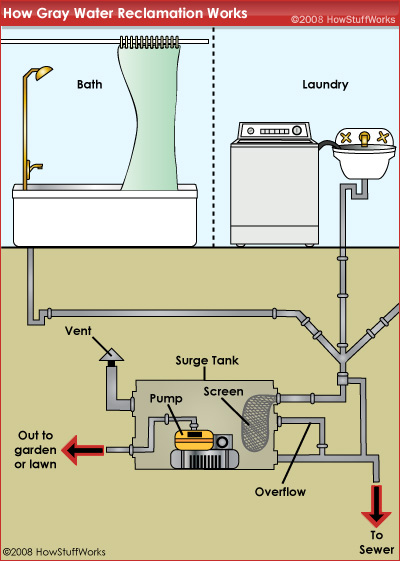Kicking back on a deck that overlooks the ocean, a lake, river or pond is a great way to relax and unwind. There’s something Zen about watching water do its thing. The artistic arc of water from a fountain or even just the exuberant splash of robins bathing in the hollow of a stone birdbath are enough to lower your bloodpressure and give you a mellower perspective on your problems.
Water may or may not inspire wisdom, but it certainly adds entertainment value to the garden. If you’re wondering what you can do to enhance your yard, liven up your suburban deck, or add some pizzazz to your plain old patio, a water feature may be the answer.
Outdoor living has become the newest indoor expansion trick. Instead of spending all that money adding another room to your home, move the festivities outdoors for two or three seasons of the year. One small problem with this strategy is that once you’ve invested in all that outdoor furniture and lighting, there’s only so much time you can burn watching the plants grow. Adding a water feature is a reliable way to create interest and a cool focal point outdoors without resorting to dragging the flat screen outside. Read more






